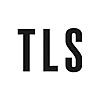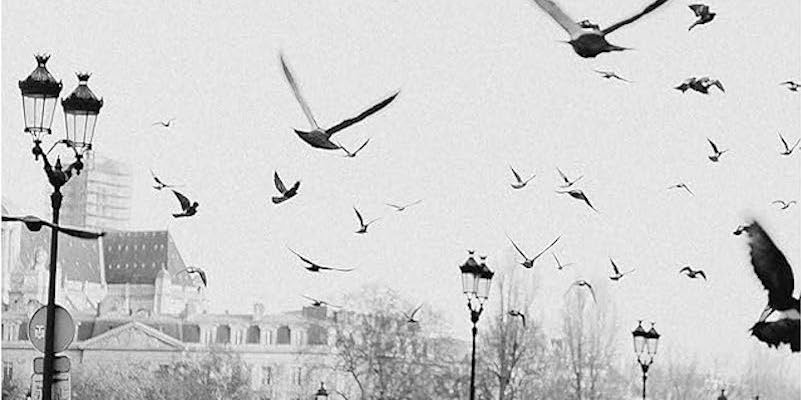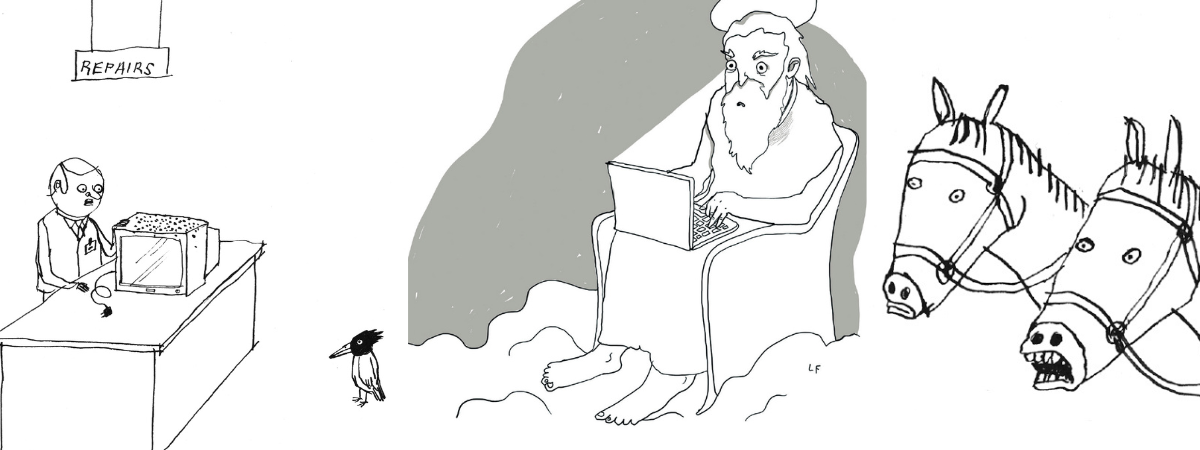Leon Battista Alberti is one of the most extraordinary figures of the Italian Renaissance. He is perhaps best known today for his work designing or redesigning churches such as the Tempio Malatestiano in Rimini and Santa Maria Novella in Florence. But architecture was a late string to his bow. He was also an immensely versatile and productive writer who produced pioneering treatises on a range of subjects, as well as a comedy, an autobiography, a novel and all kinds of humorous, satirical pieces. He even wrote a founding treatise on cryptography. Much of his vast production was in Latin but, unlike many of his humanist friends, he took writing in Italian seriously. As if all that intellectual and creative activity was not enough, he also claimed that in his prime he was an expert horseman and powerful gymnast. Small wonder that Jacob Burckhardt’s The Civilisation of the Renaissance in Italy (1860) made him, as Martin McLaughlin puts it, “the incarnation of the Renaissance or universal man”.
McLaughlin is one of a distinguished line of scholars who have brought about a resurgence in Alberti studies in recent years, with translations and new editions of neglected works, and a repositioning of the author as a whole. That means primarily revising Burckhardt’s romantic vision of his view of nature and much else. A modern reader will also squirm over his startling misogyny: women are mad and flea-ridden, says the main speaker in one dialogue, and that sort of observation is typical. But the range and originality of his writing remain impressive and is only now being more fully appreciated– rightly so, as McLaughlin makes plain.
Alberti’s autobiography, the first to be written by a post-classical author, provides the basis for an up-to-date survey of his life and work, beginning with his illegitimacy, which without doubt affected him deeply. His father was a prominent Florentine merchant, his mother an unknown woman from Genoa, where he was born in 1404. He studied at university and quite soon after took holy orders, which solved most of his financial problems, though McLaughlin stresses that his outlook was always decidedly secular. Alberti then worked for various patrons, above all the church, in Italian cities of the centre and north. He died in Rome in 1472.
He identified in himself a strong depressive tendency, which he dealt with through a cult of hard work and of what could be in places a quite vulgar sense of humour. Most of his humanist contemporaries and friends had a different outlook. They also disagreed over his respect for artisans, craftsmen and scientific and medical writers. The last of these might be inelegant by humanist standards, but Alberti knew they could be immensely informative and helpful for understanding the world. In other words, as McLaughlin points out, he was willing to go against a humanist tradition that went back to Petrarch in the fourteenth century and entertain the revolutionary idea that content and practicality could be at least as important as style.
That did not mean indifference to stylistic issues. Like many of his contemporaries he took to heart the ancient maxim that everything worth saying had already been said. As a result, how a particular topic or issue was treated became crucial. McLaughlin examines in some detail the succession of styles Alberti elaborated for himself in different works on the basis of an ever-developing reading of classical Latin and Greek authors. He shows, though, that running through all the variations is a concern for clarity and readability, as well as a readiness to rewrite and a compulsion to explain and justify what he was doing.
The innovations start with the youthful Philodoxeos, a Latin comedy without post-classical precedent, which seemed authentic enough for contemporaries to believe that it was by an ancient author called Lepidus. This was followed by a first treatise on the advantages and disadvantages of literary study. Then, in a characteristically surprising move, given Alberti’s secularism, came the life of a saint, one Potitus.
The next surprising shift was into producing serious work in Italian. Most famously, the dialogues of De familia (he kept to Latin for his titles) lay out a vision of the ideal family. It was another unprecedented subject, no doubt influenced by his own quite un-ideal origin. For McLaughlin, though, the vernacular high point comes in the deeply classicizing dialogues of Profugiorum ab erumna libri (On Refuge from Hardship), which discuss how to bring various forms of self-discipline, and humour, to bear on the anxieties that spring from living in difficult times.
McLaughlin finds the fullest expression of Alberti’s humour in two substantial Latin works, the forty or so Intercenales (Dinner-table Dialogues), and a four-book novel, Momus. Both rework in a satirical, often absurd vein some of their author’s favourite ideas with highly enjoyable results, particularly in the novel. This recounts a series of encounters between disorganized Olympian deities, representing the forces of the mind, and Momus (from the Greek for “blame”), a destructive reprobate who at times seems to stand for Alberti himself.
Discussion of these two underestimated works is sandwiched between chapters on two technical treatises. The first, De pictura, was written in the vernacular and later expanded in its Latin version, the elevated style of which aims at the concinnitas, or harmony, that Alberti finds raises the best painters well above the level of mere artisans. Leonardo, Michelangelo and others would demonstrate that he was right. The second, De re aedificatoria (On Architecture), was written mostly during the years of his engagement in architectural projects. It is, for McLaughlin, “the most complete synthesis of Alberti’s thought”, achieving a masterly fusion of the aesthetic and the rhetorical with the scientific and the practical, not least in its (quite unhumanist) insistence on the need to study ancient buildings, not simply ancient authors.
Martin McLaughlin’s own scholarly yet lucid writing makes plain just how original and individual a figure his subject was, and how so much of his work deserves to be rescued from obscurity. In many ways he comes closer than most scholars to Alberti, who, one feels, would have gratefully recognized in him a fellow spirit.
Peter Hainsworth is Emeritus Professor of Italian at the University of Oxford. He is the editor, with David Robey, of the Oxford Companion to Italian Literature, 2002
The post The man who could do all things appeared first on TLS.

 By Times Literary Supplement | Created at 2024-11-20 16:49:30 | Updated at 2024-11-21 10:21:46
18 hours ago
By Times Literary Supplement | Created at 2024-11-20 16:49:30 | Updated at 2024-11-21 10:21:46
18 hours ago








